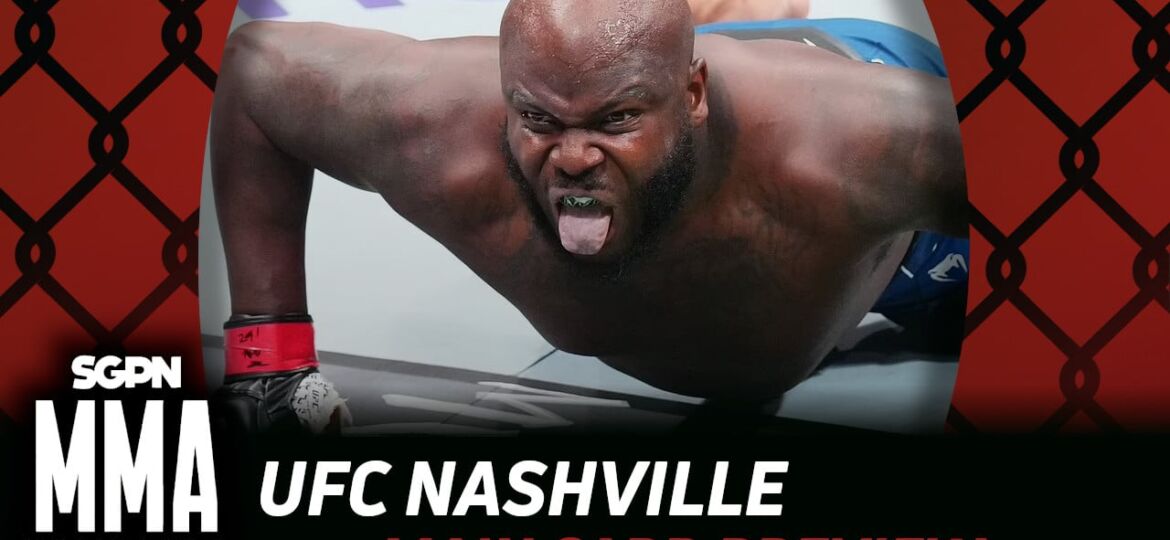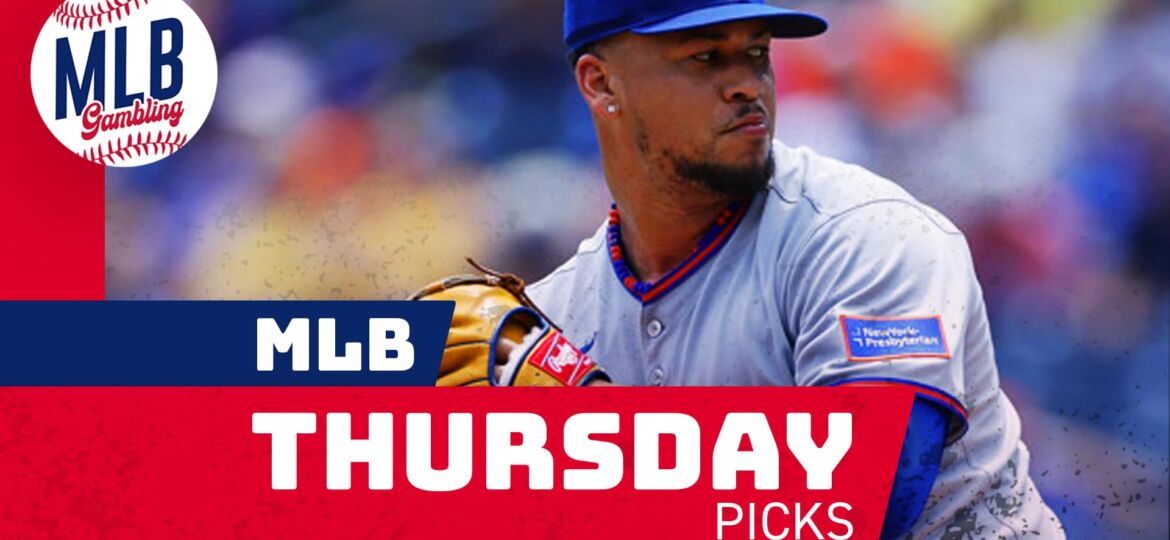Blackjack is a unique casino game. Unlike slots and poker, you play this game with a casino representative called a dealer. At the start of a game, you place a bet—the limits start at $0.10 per hand to as much as $10,000.
The objective is to produce a hand of blackjack: it consists of cards whose total value is 21. If you don’t form a blackjack hand, you can also win if your hand is better than the dealer’s hand.
If your hand is greater than 21, you lose. If you tie with a dealer at 21, it’s a draw. Simple enough, right? The problem: there are over a dozen blackjack variants and they have unique rules. Below are some of them.
1—Classic Blackjack
This is the original version of the game. It’s the most played version of blackjack. It’s also the most recommended variant. So, if you’re not too excited to play all the different forms of blackjack out there, you can stick to classic twenty-one.
Classic blackjack has straightforward rules as we mentioned. And it also features an extremely enticing house edge of 1%. For the uninitiated, a house edge is the percentage of money a casino makes from every game whether people win or lose.
You should play games with a low house edge because they have high payout rates. And in the case of classic blackjack, you can lower the house advantage by using strategies.
2—Single Deck Blackjack
A 1% house edge is impressive by all standard. Now, picture a game with a house advantage of 0.15%. That game is Single Deck Blackjack, one of the most popular variants of the game. Single Deck Blackjack gets its name from the fact that it relies on only one deck of cards. The deck is reshuffled after every session.
The end-game in Single Deck Blackjack is to produce a hand close to or equal to 21. The dealer must stand on soft 17 and you can split a hand for a maximum of three times. You can also split aces once but you don’t want if you form 21 with a 10-value card plus an ace card you had initially split.
All the same, Single Deck Blackjack is one of the best variants of Blackjack, especially when used alongside strategies. You can use Basic Blackjack Strategy, card counting and other strategies. But ensure your strategies work to bring the house advantage down.
3—European Blackjack
European Blackjack is a variation of Classic 21 played with two to eight decks of cards. When Because many casinos use two decks in European blackjack, the game has earned the name Double-Deck Blackjack over time.
With that in mind, the rules of European Blackjack are as follows:
- You can’t split 4s, 5s or 10s
- The dealer stands on soft 17
- You can’t surrender to lose half your bet
- You can split aces once
There are additional rules to keep in mind. For example, a dealer’s perfect hand of blackjack wins against your hand of 21. To expound more, the dealer wins automatically if her hand is made up of an ace and a 10-value card.
Many casinos pay European Blackjack at the recommended rate of 3:2. The only exception is when the dealer busts. In that case, you’re paid 1:1. You can also take an insurance bet for a chance to earn 2:1 if you win.
4—Spanish 21
Spanish 21 works like the original Blackjack but it has a twist—it works without 10-value cards. Doesn’t this lower your chances of hitting a hand of 21? Yep—and it also means the game has a bigger house edge than Classic Blackjack.
So, why play Spanish 21? For starters, you can double down after splitting. Many variants of the game don’t let you double your bet after splitting. Additionally, you can split your ace cards multiple times.
If you tie for a hand of 21 with the dealer, you win. In many Blackjack variations, this is treated as a push or a tie. Another benefit of Spanish 21 is that you can double down at any point of the game. When it comes to payouts, you get paid 3:2, 2:1 or 3:1 depending on how you win.
5—Blackjack Switch
Blackjack Switch is one of the most exciting variations of the game. Imagine this. You get four cards at the start of a game instead of two. What’s more, you can switch these cards to create one strong hand and increase your odds of winning.
For all these benefits, there must be a catch, right? You aren’t wrong. Usually, a hand of 22 is a bust. In Blackjack Switch, a dealer’s hand of 22 is a tie. The only exception is when you form a perfect blackjack (ace and a 10). And you must not have formed this blackjack hand by switching cards or by splitting some of your cards.
That said, most rules on Blackjack Switch are similar to other variants of the game. For example, the dealer stands on soft 17. You can double down and split your cards up to four times. Importantly, the best casinos payout at a rate of 3:2.
6—Vegas Strip Blackjack
The Vegas Strip is a six-kilometer stretch in downtown Las Vegas that hosts many of the city’s famous casinos. Many of these establishments also provide a variant of Blackjack that was traditionally unavailable elsewhere else.
The game is Vegas Strip Blackjack and is now available online. It uses four to eight decks of cards and follows many of the standard rules of classic blackjack. For example, you win by forming a hand close or equal to 21.
You can take an insurance bet that pays 2:1—betting the dealer’s first two cards will form a natural blackjack. If you’re correct, you get paid for the side bet and the game goes on. Note, a dealer’s natural blackjack beats a player’s blackjack. But you don’t lose your money. Instead, it’s refunded. That said, Vegas Strip also accommodates Perfect Pairs and pays out 3:2 on average.






















